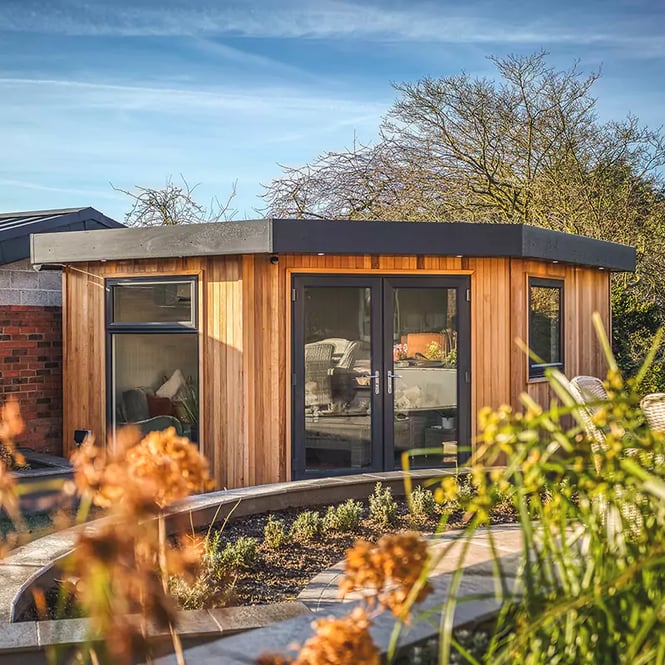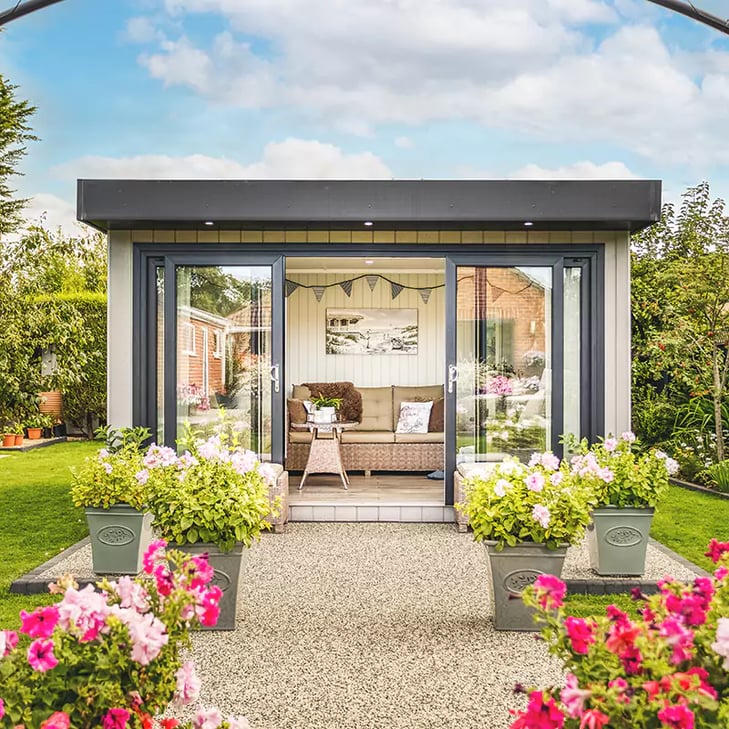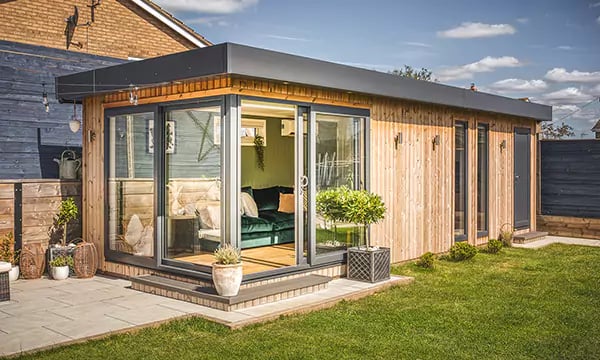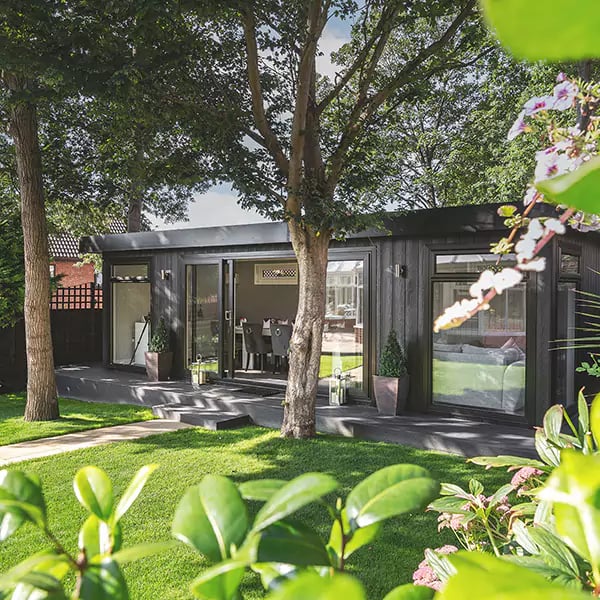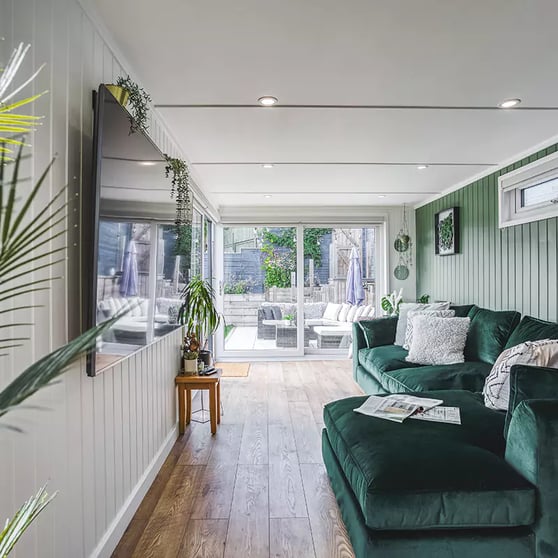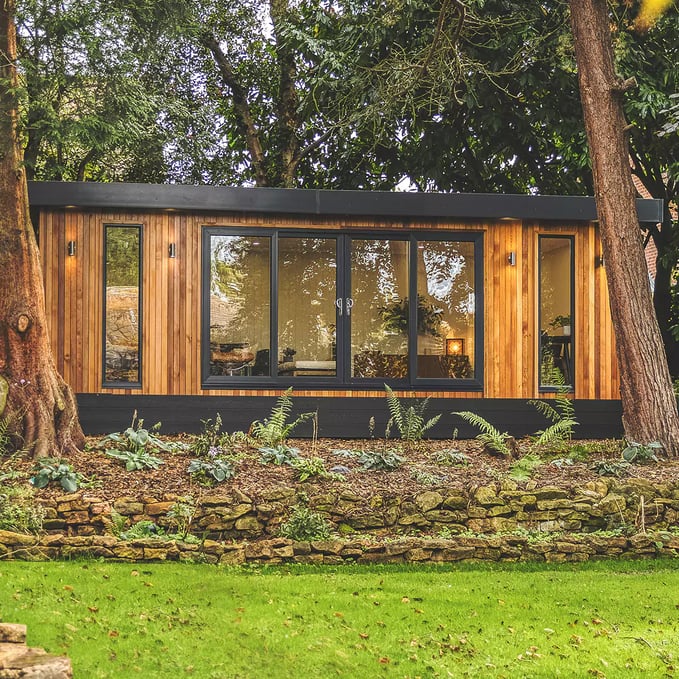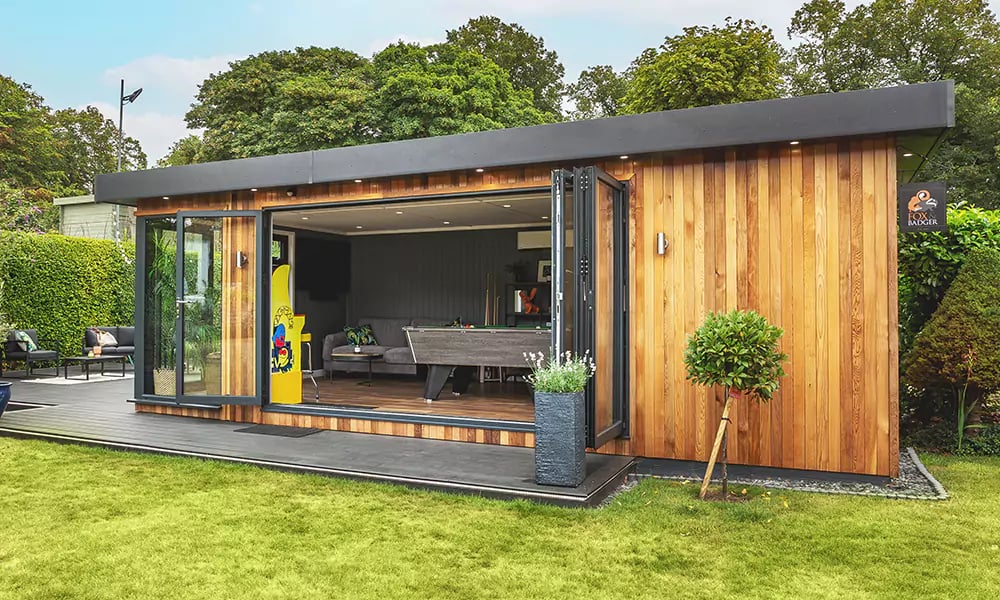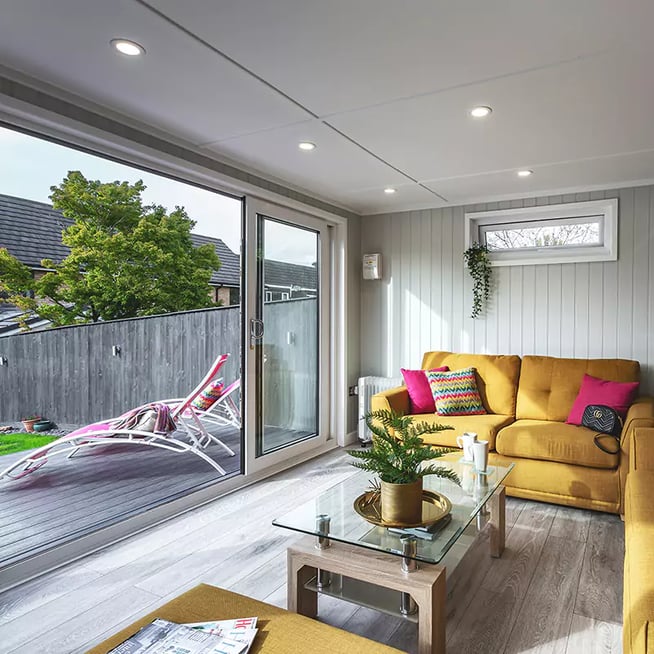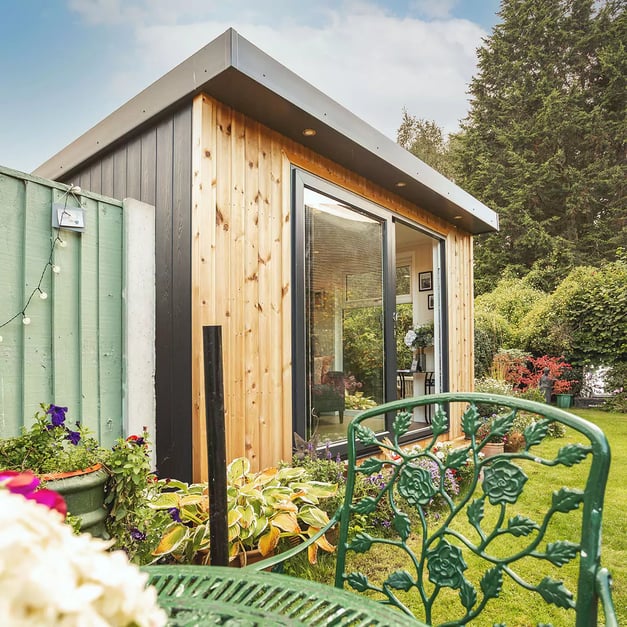
A Guide to Choosing the Right Garden Room Base
Garden rooms have become increasingly popular as versatile spaces for relaxation, work, or hobbies. Whether you're dreaming of a serene retreat, a home office, or a creative studio, the foundation of your garden room plays a crucial role in its longevity, stability, and overall success. This guide will explore the importance of garden room bases and the variety of designs available to suit different needs and landscapes.
Why Are Garden Bases Important?
The base of a garden room is its foundation, it’s the groundwork that supports everything else. A well-constructed base ensures that your garden room stands firm against various environmental factors, including weather changes, ground movement, and moisture. A well constructed garden base foundation, like those offered by Cabin Master, provide the following:
Stability and Safety: A solid foundation prevents the structure from shifting or sinking over time, which can lead to uneven floors, cracked walls, or even structural failure. It's essential for the safety of the occupants and the longevity of the garden room.
Moisture Protection: The right base design can safeguard your garden room from rising damp, which can cause mould, rot, and other moisture-related issues. This is particularly important in the UK, where the weather can be wet and unpredictable.
Thermal Efficiency: An appropriately insulated base can significantly enhance the thermal efficiency of your garden room, keeping it warmer in the winter and cooler in the summer. This can lead to energy savings and a more comfortable space year-round.
Legal Compliance: Depending on the size and purpose of your garden room, there may be specific building regulations and planning permissions required. A proper foundation ensures that these regulations are met, avoiding legal complications down the line.
Types of Garden Room Foundations
The foundation you choose for your garden room or garden office is determined by several factors, including the size and design of the room, the type of soil in your garden, and your budget. Here are some of the most common types of garden room foundations, each with its own set of advantages and considerations.
Concrete Slab Foundation
A concrete slab foundation involves pouring a thick slab of concrete directly onto the ground. This type of foundation is highly durable and provides a stable and level base for garden rooms of all sizes. It's particularly suited for larger structures or those requiring significant insulation and moisture protection. However, it can be more expensive and labour-intensive to install compared to other types of foundations.
Timber Frame Base
A timber frame base, also known as a wooden base or decking, is a popular choice for garden rooms and for good reason. This foundation type involves constructing a wooden frame above the ground to support the garden room, providing a level and stable platform. One of the key advantages of a timber frame base is its ability to facilitate underfloor ventilation, significantly reducing the risk of dampness. It's a preferred choice for many due to its relative ease of installation and the warm, natural aesthetic it lends to garden rooms. While it is true that timber may require more maintenance than concrete, modern treatment methods and sustainable sourcing practices make timber frame bases a highly attractive, eco-friendly option for garden rooms.
Learn more about Cabin Master’s garden rooms with timber bases.
Ground Screw Foundation
Ground screw foundations use large screws drilled into the soil to provide a stable base for garden rooms. This method is less invasive than laying a concrete slab, making it a good option for environmentally sensitive areas or gardens with difficult access. Ground screws can be adjusted to level the base on uneven ground, and they provide excellent stability without the need for extensive excavation. Installation is quick and causes minimal disruption to the garden, but the initial cost can be higher than traditional methods.
Pile Foundations
Pile foundations involve driving deep piles (long, sturdy poles) into the ground to support the garden room. This method is ideal for very soft or uneven ground where other types of foundations might not be suitable. Piles can be made of wood, metal, or concrete and are driven deep into the ground to reach a stable layer of soil. This foundation type is highly durable and provides excellent support for heavier structures, but it requires specialised equipment and expertise to install.
Guidelines for Garden Room Foundations
Assess the Site
Before deciding on the type of foundation, conduct a thorough assessment of the site. Consider factors like soil type, ground level, drainage, and the presence of any trees or large shrubs. A professional site survey can identify any potential issues that might affect the foundation, such as soil instability or high water tables.
Check Local Building Regulations
It's essential to be aware of and comply with local building regulations and planning permissions. Depending on the size and use of your garden room, certain types of foundations may be required, or there may be restrictions on where you can build. Contact your local planning authority to ensure your project meets all legal requirements.
Consider the Weight of the Structure
Different garden rooms have varying weight loads, influenced by their size, construction materials, and how they will be used. For example, a BBQ cabin will usually require a smaller frame than a garden bar. Ensure the foundation type you choose can support the weight of the structure, including any internal fittings or heavy equipment that will be housed inside.
Plan for Drainage
Good drainage is key to preventing water accumulation around the foundation, which can lead to damp problems and instability. When planning your foundation, consider incorporating drainage solutions, such as French drains or sloping the ground away from the structure, to direct water away from the base.
Allow for Insulation and Damp Proofing
Incorporating insulation and damp proofing measures into your foundation design can enhance the thermal efficiency and longevity of your garden room. For concrete slab foundations, consider adding a layer of insulation on top of the slab before constructing the garden room. For timber frame bases, ensure there is adequate ventilation to prevent dampness.
Professional Installation
While some garden room foundations can be a DIY project for the experienced builder, professional installation is often recommended to ensure the foundation is correctly constructed. Professionals can also navigate any potential issues more effectively and ensure that the foundation meets all necessary standards and regulations. You can contact Cabin Master for professional installation advice.
Conclusion
Selecting the right foundation is a cornerstone decision in the journey to creating your dream garden room. Each foundation type, from the enduring concrete slab to the eco-friendly timber frame base, offers distinct advantages tailored to different needs, landscapes, and aesthetic preferences. Understanding these options is the first step towards ensuring your garden room stands the test of time, offering a serene, stable retreat in your outdoor space.
Your Dream Garden Room With Cabin Master
Ready to bring your vision to life? Cabin Master specialises in crafting bespoke garden rooms that blend seamlessly with your lifestyle and outdoor space. Our expertise in selecting the perfect foundation ensures your garden room not only looks fantastic but is built on solid ground.
Contact us today to start your journey towards creating a garden room that you'll love for years to come.
FAQs
What is the best base for a garden room?
The ideal base for a garden room depends on the structure's size, the ground condition, and specific requirements. A concrete slab is often preferred for its durability and moisture resistance, making it suitable for most garden rooms. However, for smaller structures or where installation speed is important, alternatives like timber frame bases or ground screw foundations are practical choices, offering ease of installation and minimal environmental impact.
How deep should a base be in a garden room?
The depth required for a garden room base varies with the foundation type and soil condition. Typically, a concrete slab should be at least 100mm (4 inches) deep. The depth for ground screw and pile foundations will depend on the structure's needs and the soil's characteristics, potentially extending several feet to ensure stability. Consulting a professional is crucial to determine the appropriate depth for your specific situation.
What are the options for a summer house base?
For summer houses, options range from concrete slabs, which provide a solid and durable foundation, to timber frame bases that are cost-effective and quick to install. Ground screws offer a flexible solution for uneven terrains without extensive groundworks. Alternatively, pavers or gravel can suffice for smaller, lightweight structures, though they may not offer the same stability as more robust foundations.
Do you need foundations for a garden room?
Foundations are crucial for any garden room to ensure stability, levelness, and protection from moisture. They anchor the structure, preventing issues such as wood rot, mould, and structural instability due to environmental factors. Skipping the foundation can lead to safety and durability concerns, making it a necessary step in garden room construction regardless of the size or type of structure.




